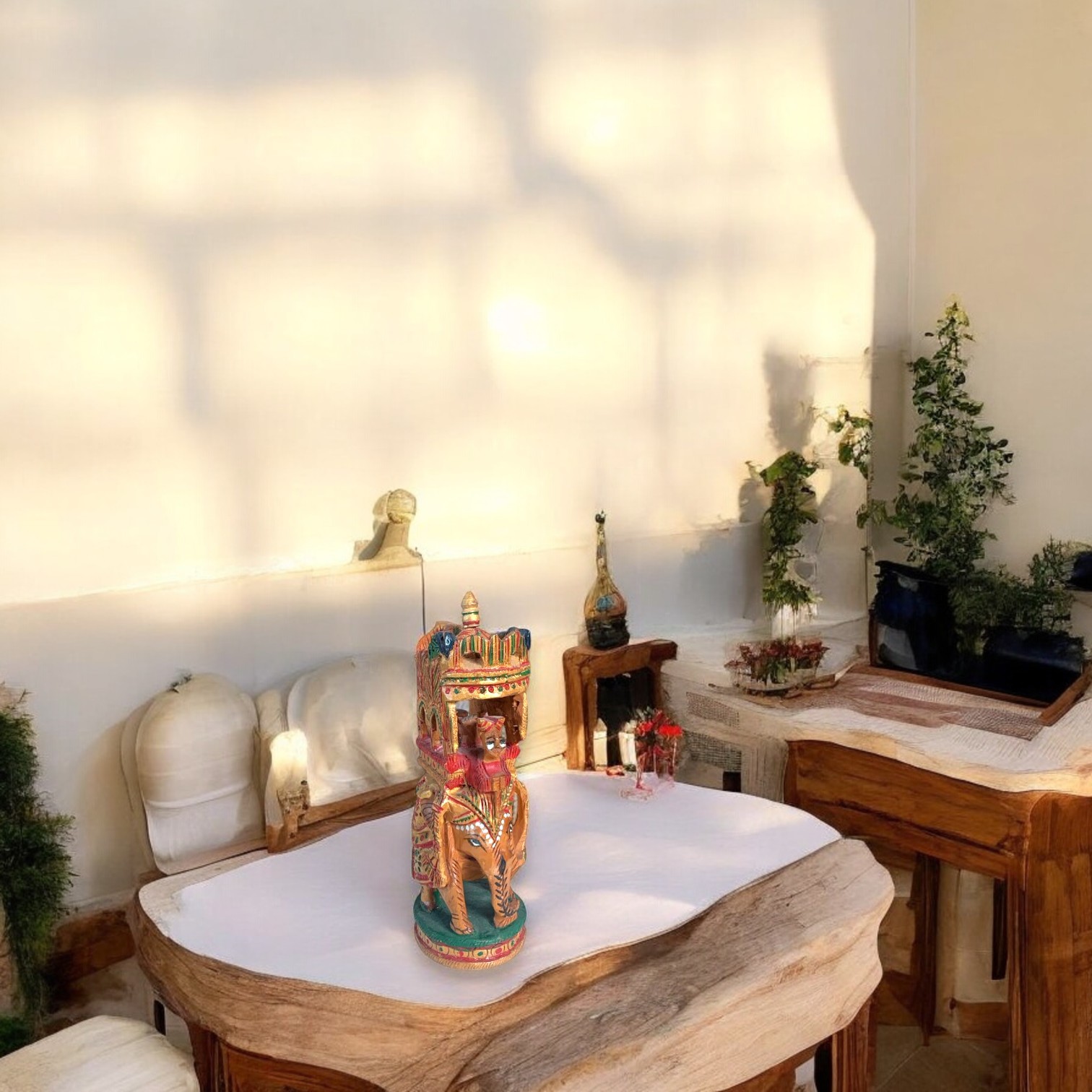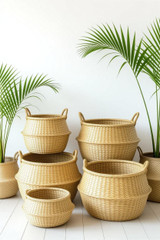The Timeless Elegance of the Howdah Elephant: A Cultural Marvel
The Howdah Elephant is a fascinating symbol that combines the grandeur of regal traditions with artistic craftsmanship. Rooted in South Asian culture, particularly in India, the howdah—a decorative, often luxurious seat or platform—was mounted on an elephant's back and served as a mode of royal transport. These magnificent structures are not only historical relics but also a testament to the artistry, tradition, and cultural significance of the regions they hail from.
Origins and Historical Significance
The word "howdah" comes from the Arabic word hawdaj, which means "a carrying chair." Howdahs were traditionally used by royalty and nobility to travel in style and comfort during processions, hunting expeditions, or ceremonial parades. The elephant, revered in many South Asian cultures as a symbol of strength, wisdom, and majesty, was the perfect animal to bear such an opulent structure.
In the Mughal and Rajput courts of India, howdahs were often elaborately designed with intricate carvings, gold and silver inlays, and jewel-encrusted embellishments. They signified the wealth and power of the rulers and were often accompanied by ceremonial umbrellas or parasols, adding to the grandeur of royal processions.
Artistic and Cultural Representation
The howdah elephant has transcended its practical origins to become an enduring symbol of art and culture. Miniature paintings, sculptures, and carvings often depict elephants adorned with ornate howdahs, capturing scenes from royal hunts, processions, or festivals.
Even today, the howdah elephant is a prominent feature in traditional celebrations such as the Mysore Dasara in Karnataka, India. During this grand festival, a richly adorned elephant carries the idol of the goddess Chamundeshwari on a golden howdah, leading a spectacular procession through the city.
The Howdah Elephant in Decor and Collectibles
The howdah elephant has also made its way into the world of home decor and collectibles. Handcrafted miniature models, wall art, and sculptures of howdah elephants are sought-after pieces for their intricate details and cultural significance. These items are often used as statement pieces, bringing a touch of regal elegance to modern interiors.
For example, a wooden or brass howdah elephant figurine can serve as a centerpiece, symbolizing prosperity and grandeur. Some artisans even craft replicas of historical howdahs, complete with miniature jewels and carvings, making them ideal gifts or keepsakes for collectors and history enthusiasts.
Symbolism and Modern Appeal
The howdah elephant is more than just a decorative or historical artifact—it carries deep cultural and spiritual symbolism. In Indian tradition, the elephant is associated with Lord Ganesha, the remover of obstacles, and the howdah enhances its regal and auspicious aura.
Modern interpretations of the howdah elephant often blend traditional designs with contemporary aesthetics. These pieces appeal to those who appreciate a mix of heritage and modernity, making them versatile additions to both classic and minimalist decor styles.
Conclusion
The howdah elephant is a timeless icon that bridges the gap between history, art, and culture. Whether showcased in a royal procession, captured in art, or displayed as a decorative piece, it continues to inspire awe and admiration. Embracing the howdah elephant in your life—whether through decor or understanding its rich history—connects you to a legacy of opulence, tradition, and artistry that has endured for centuries.
Add a touch of regal charm to your space or collection with this magnificent symbol of heritage. Whether you're a history enthusiast, an art lover, or simply someone with a taste for the extraordinary, the howdah elephant is a story worth exploring and celebrating.
Would you like help adding related tags or optimizing this article for SEO?
Recent Posts
-
Order the Best Boss Day Gifts for Male & Female Bosses in the UAE from Craftihouse.com
Every year, Boss’s Day is the perfect opportunity to show appreciation for the people who lead, ment …13th Oct 2025 -
How This Gift Came to Life: The Story Behind Our Palm Leaf Baskets
How This Gift Came to Life: The Story Behind Our Palm Leaf Baskets In a world where everything is be …8th Oct 2025 -
Handmade Leather Key Chains – Timeless Souvenirs & Everyday Companions
Handmade Leather Key Chains – Timeless Souvenirs & Everyday Companions Introduction In a world where …25th Sep 2025





